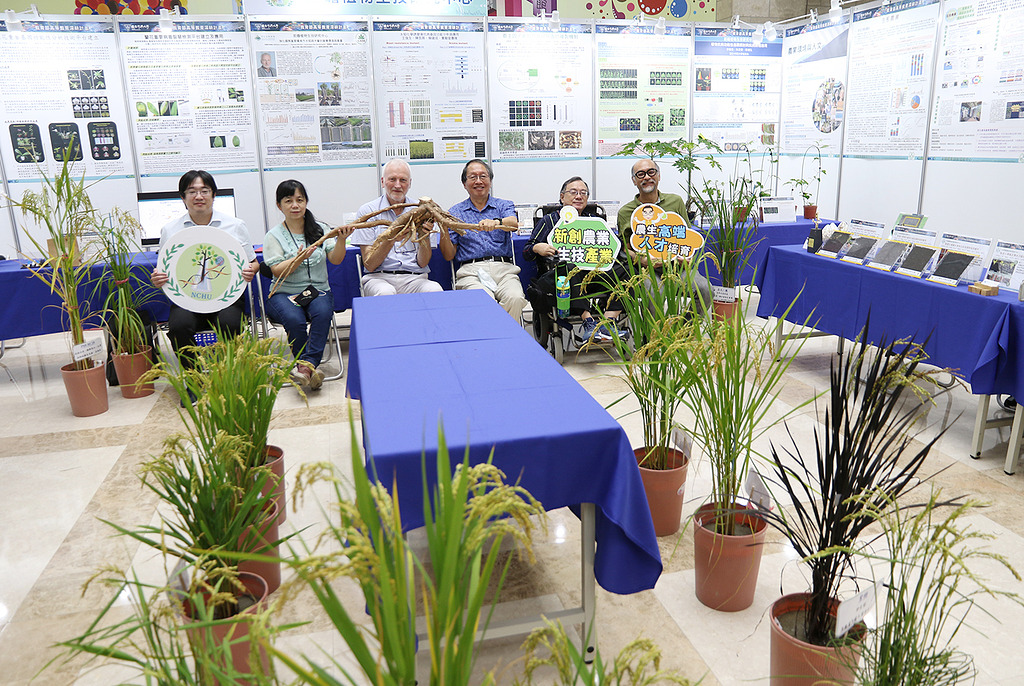Program Results
2022 Annual report of Yushan scholarship Dr. Wilhelm Gruissem
Introduction to the event
Improving the nutritional quality of rice for human health and Engineering cassava source-sink relations for increased yield and starch production.
Nutritious and high-yielding crops are needed to provide sufficient and healthy food to the increasing number of humans while reducing the climate footprint of agriculture. Rice feeds about half of the world population, but the polished rice grain is a poor source of essential vitamins and micronutrients. Our research aims at increasing iron and zinc in the rice endosperm, along with provitamin A as well as vitamins B1 and B6, which are important micronutrients for human health. We are currently testing biofortified rice lines in field experiments for their agronomic performance and trait stability. The micronutrient traits are also introduced into rice varieties from other countries in which rice is the most important staple food. Cassava is a staple crop for about a billion people and especially smallholder farmers in tropical regions of the world. The storage roots of cassava are a main source of starch and food, but often storage root yield in smallholder farmers’ fields is far below what can be achieved with irrigation and fertilization. As part of the international Cassava Source-Sink (CASS) project we are testing various metabolic engineering strategies to improve photosynthetic sugar production in cassava leaves and accelerate the transport of sugars into storage roots where they are converted into starch. Our goal is to increase starch production in storage roots and thereby improving yield while reducing the agricultural footprint of cassava farming. Advanced technologies such as remote imaging of cassava growth using unmanned aerial vehicles (UAV) help us to predict the efficacy of our metabolic engineering strategies.

Figure 1. Iron and zinc biofortification rice in NCHU agriculture experimental station.

Figure 2. Cassava Source-Sink (CASS) project confined field trail at NCHU agriculture experimental station.

Figure 3.Higher Education SPROUT Project Achievement Exhibition

Figure 4.Higher Education SPROUT Project Achievement Exhibition

Figure 5.Higher Education SPROUT Project Achievement Exhibition

Figure 6.Higher Education SPROUT Project Achievement Exhibition